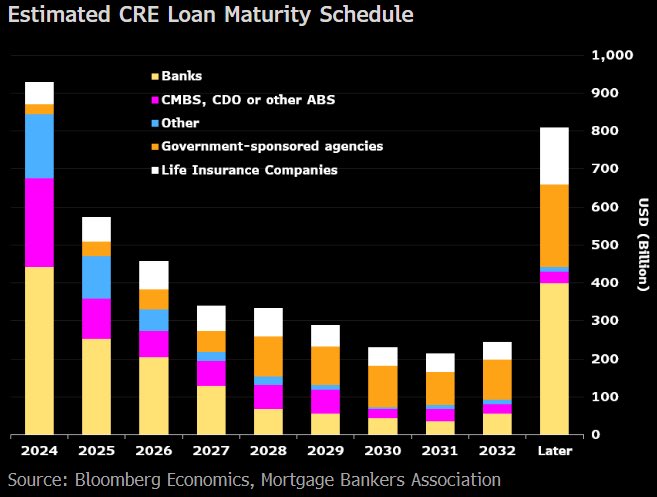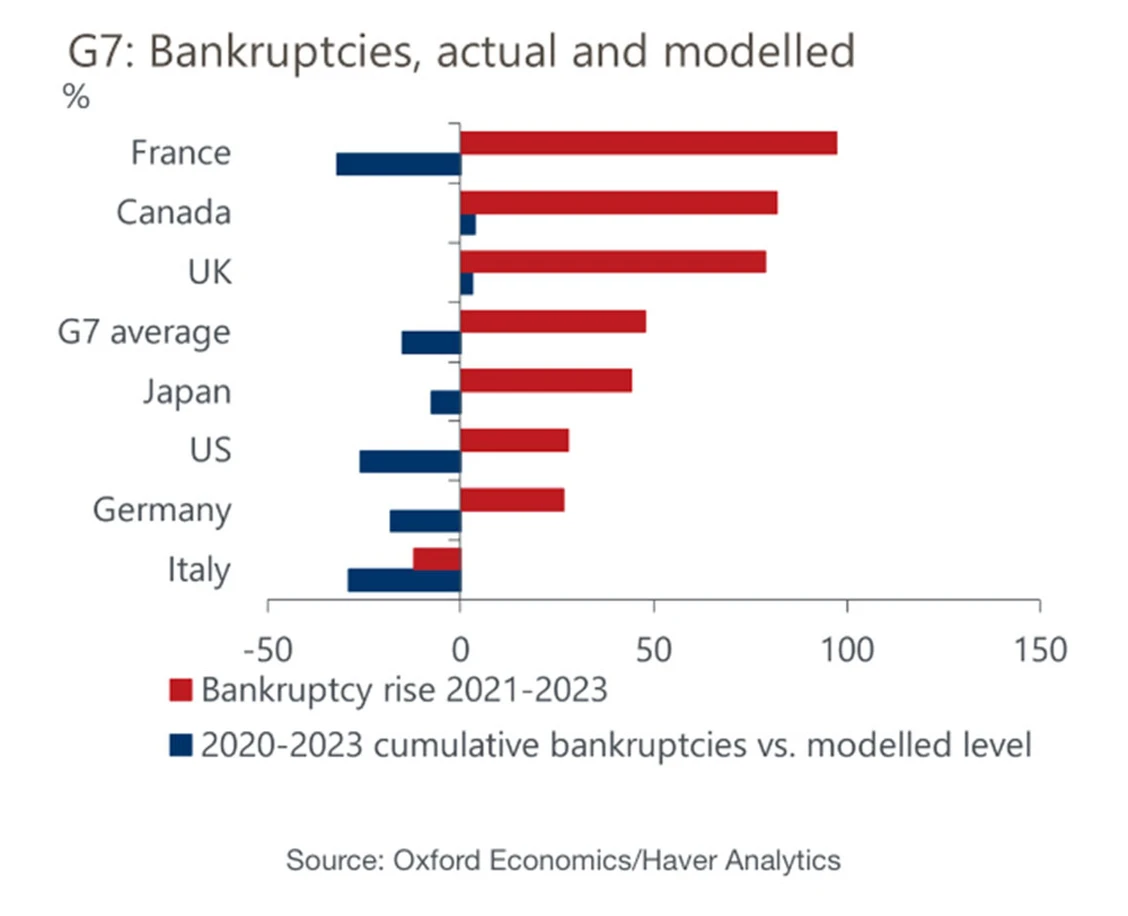Thirteen years of ‘easy money’ spurred debt complacency and a global credit boom that inflated asset prices, particularly real estate, worldwide. Now, higher rates are triggering the great unwind in a dash to reduce overhead and raise cash everywhere, all at once.
Countries that saw the most significant influx of foreign investment and property appreciation- places like Canada, Australia, New Zealand, Hong Kong, and the U.K.- are most vulnerable as buyers that helped inflate housing bubbles look to sell.
Chinese investors who bought properties abroad are facing a double whammy as they contend with an economic slowdown at home and surging interest rates across the globe. See Chinese Investors Struggle to Hold on to Properties Abroad as Soaring Interest Rates, Weak Domestic Economy Make Mortgages Unfordable:
In a growing number of cases, they are having to sell their overseas property, unable to free up the funds to service the higher mortgage repayments.
The property crisis at home has shaken confidence, denting spending on homes as developers struggle to repay debts and deliver residential projects on time.
In December, prices of new homes in 70 medium and large cities fell 0.4 percent month on month after a 0.3 percent drop in November, according to official data. It was the steepest monthly decline in new-home prices since February 2015.
Real estate investment in terms of value fell by 9.6 percent to 11.09 trillion yuan (US$1.5 trillion) last year, about the same as the decline in 2022.
Some overseas markets have seen a dramatic fall in the number of Chinese homebuyers as spiralling interest rates and the economic woes at home have made leveraged property purchases less affordable.




